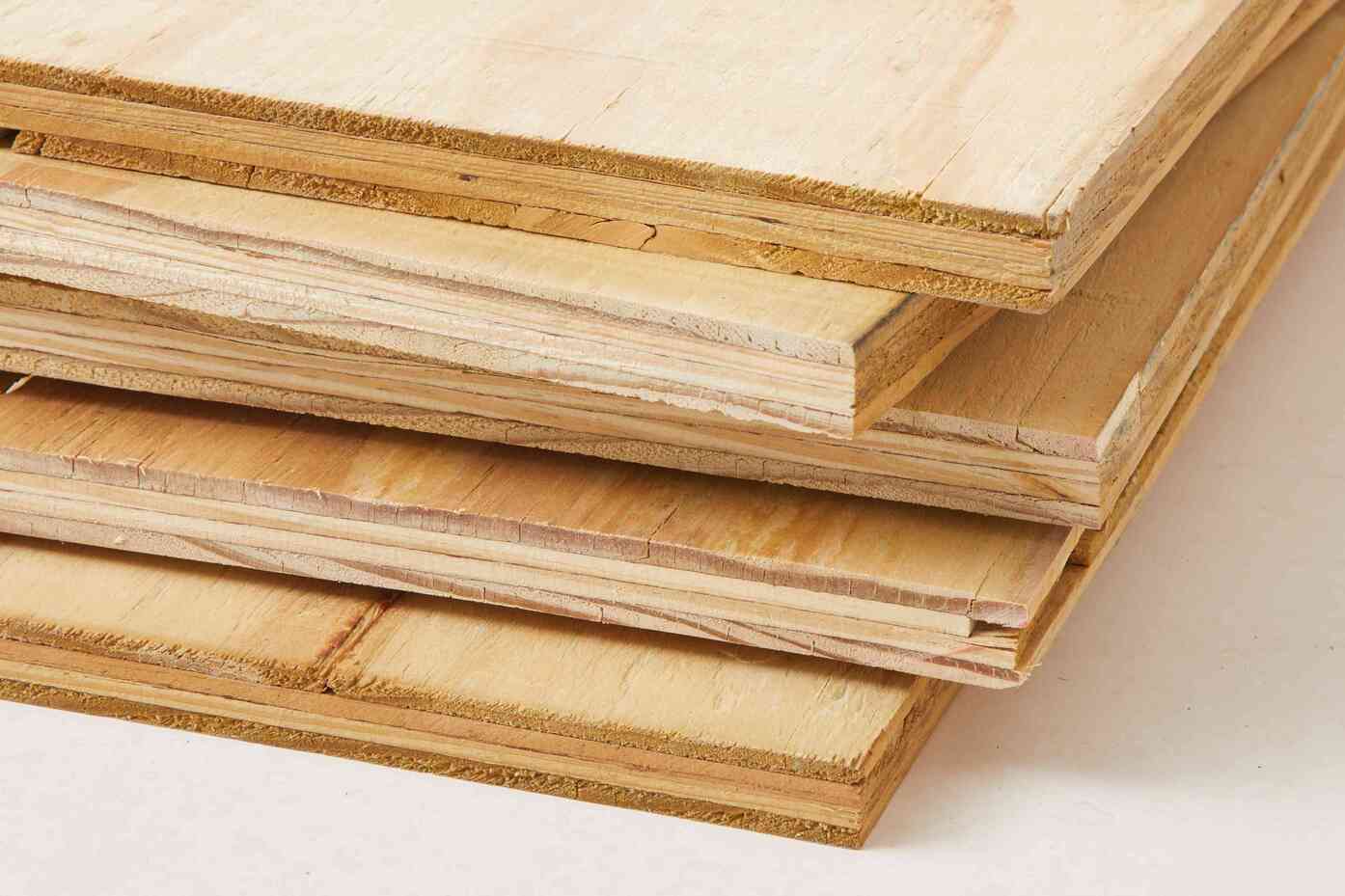

Articles
How To Store Plywood Outside
Modified: December 7, 2023
Learn the best ways to store plywood outside and keep it protected from the elements. Read our informative articles on how to properly store plywood outdoors.
(Many of the links in this article redirect to a specific reviewed product. Your purchase of these products through affiliate links helps to generate commission for Storables.com, at no extra cost. Learn more)
Introduction:
When it comes to storing plywood, it’s essential to take proper precautions to ensure its longevity and structural integrity. Whether you’re a DIY enthusiast or a professional carpenter, knowing how to store plywood outside is crucial for protecting your investment.
Plywood is a versatile material that is commonly used in construction, furniture making, and various other woodworking projects. However, it is susceptible to damage from moisture, temperature changes, and exposure to the elements. Improper storage can lead to warping, delamination, and decay, rendering the plywood unusable.
In this article, we will explore the important factors to consider when storing plywood outside. We will discuss the optimal location, the preparation of the storage area, proper storage techniques, and tips for protecting plywood from the elements. By following these guidelines, you can ensure that your plywood remains in excellent condition and ready for your next project.
Key Takeaways:
- Properly storing plywood outside requires careful consideration of factors like moisture, temperature, and UV exposure. Choosing an optimal storage location, preparing the area, and implementing protective measures are essential for preserving plywood.
- Regular maintenance, including inspections, addressing damage promptly, and maintaining a clean and dry storage area, is crucial for ensuring the longevity and quality of stored plywood. By following these guidelines, you can maximize the lifespan and usability of your plywood.
Read more: How To Store Plywood
Factors to Consider:
Before storing your plywood outdoors, it’s crucial to understand the factors that influence its durability and performance. Here are some key considerations:
- Moisture: Plywood is highly susceptible to moisture absorption, which can cause it to swell, warp, and become weak. Protecting plywood from excessive moisture is crucial to maintaining its structural integrity.
- Temperature Changes: Extreme temperature fluctuations can lead to expansion and contraction of plywood, leading to warping and splitting. It is essential to select a storage location that minimizes exposure to extreme heat or cold.
- UV Exposure: Long-term exposure to sunlight can cause plywood to fade, discolor, and degrade. Properly protecting plywood from UV rays is essential in preserving its appearance and strength.
- Environmental Elements: Wind, rain, snow, and other environmental factors can accelerate the deterioration of plywood. Shielding plywood from these elements is vital to prolong its lifespan.
By considering these factors, you can make informed decisions about storing plywood outside and implement suitable measures to protect it from potential damage.
Key Takeaways:
- Properly storing plywood outside requires careful consideration of factors like moisture, temperature, and UV exposure. Choosing an optimal storage location, preparing the area, and implementing protective measures are essential for preserving plywood.
- Regular maintenance, including inspections, addressing damage promptly, and maintaining a clean and dry storage area, is crucial for ensuring the longevity and quality of stored plywood. By following these guidelines, you can maximize the lifespan and usability of your plywood.
Read more: How To Store Plywood
Factors to Consider:
Before storing your plywood outdoors, there are several important factors to consider. Understanding these factors will help you make informed decisions and ensure that your plywood remains in optimal condition. Let’s take a closer look at each factor:
- Moisture: Plywood is highly susceptible to moisture absorption. When exposed to moisture, plywood can swell, warp, and even rot. It is crucial to protect plywood from excessive moisture to maintain its structural integrity. Choose a storage location that minimizes contact with the ground and provides adequate drainage.
- Temperature Changes: Extreme temperature fluctuations can affect the dimensions and stability of plywood. When exposed to high temperatures, plywood can expand, leading to warping or buckling. On the other hand, cold temperatures can cause the plywood to contract, resulting in cracking or splitting. It’s essential to select a storage location that offers some level of temperature control and protection.
- UV Exposure: Prolonged exposure to sunlight can cause plywood to fade, discolor, and degrade over time. UV rays can break down the wood fibers, compromising the strength and appearance of the plywood. Shielding plywood from direct sunlight or using a UV-resistant coating can help minimize UV damage.
- Environmental Elements: Plywood is vulnerable to damage from environmental elements like wind, rain, snow, and pollutants. Exposure to these elements can lead to swelling, delamination, or degradation. Consider using a waterproof tarp or covering to protect the plywood from direct contact with rain or snow.
- Stacking and Support: When storing plywood, proper stacking and support are essential. Plywood sheets should be stored on flat surfaces to avoid warping. Avoid stacking excessive weight on top of the plywood, as it can cause stress and damage to the sheets. Using sturdy supports or racks will help maintain the structural integrity of the plywood.
By considering these factors, you can make informed decisions about storing plywood outdoors. Implementing proper storage techniques and protective measures will ensure that your plywood remains in excellent condition and ready for use in your next project.
Choosing an Outdoor Storage Location:
When it comes to storing plywood outside, selecting the right storage location is crucial for its long-term preservation. The ideal storage location should provide protection from moisture, temperature fluctuations, UV radiation, and other environmental elements. Here are some key considerations to keep in mind when choosing an outdoor storage location for plywood:
- Protection from Moisture: Plywood is highly susceptible to moisture damage, so it’s essential to choose a location that minimizes its exposure to water. Avoid areas prone to flooding or standing water. If possible, elevate the plywood storage area or use pallets to create a barrier between the ground and the plywood sheets.
- Avoid Direct Sunlight: Prolonged exposure to direct sunlight can cause plywood to fade, warp, and degrade. Select a storage location that provides some shade or use a tarp to protect the plywood from the sun’s harmful UV rays.
- Temperature Control: Extreme temperature fluctuations can negatively impact plywood. Choose a storage location that provides some level of temperature control. Avoid areas that experience excessive heat or cold, such as near heating vents or exposed to direct wind drafts.
- Ventilation: Adequate ventilation is essential to prevent the buildup of humidity and the growth of mold or mildew. Ensure that the storage area allows airflow to minimize moisture retention. Avoid storing plywood in enclosed spaces without proper ventilation.
- Accessibility: Consider the ease of accessing the stored plywood. Choose a location that allows for convenient loading and unloading. It should also be easily accessible when you need to retrieve specific sheets for your projects.
- Security: If security is a concern, choose a storage location that offers some level of protection against theft or vandalism. Consider installing locks or fences to safeguard your plywood.
By carefully considering these factors, you can select an optimal outdoor storage location for your plywood. Remember to prioritize protection from moisture, UV exposure, and temperature fluctuations, as these are the main culprits in plywood deterioration. Taking the time to choose the right storage location will ensure that your plywood remains in excellent condition and ready for your next woodworking project.
Preparing the Storage Area:
Before storing plywood outside, it’s crucial to properly prepare the storage area to ensure the best possible conditions for preserving the plywood. Taking the time to prepare the storage area will help protect the plywood from moisture, pests, and other potential damage. Here are some steps to follow when preparing the storage area:
- Clean the Area: Start by clearing the storage area of any debris, leaves, or other objects that could potentially trap moisture or attract pests. Sweeping or raking the area will help create a clean and debris-free surface for storing the plywood.
- Level the Ground: Ensure that the storage area is level and even. Uneven surfaces can lead to the plywood sheets warping or bending over time. Use a shovel or rake to level the ground if necessary. If the site is particularly uneven, consider using sand or gravel to create a more stable surface.
- Provide Adequate Drainage: Proper drainage is essential to prevent water from pooling around the stored plywood. If the storage area does not naturally provide adequate drainage, consider grading the ground or creating a slight slope to ensure that water flows away from the area.
- Use Barriers: To protect your plywood from direct contact with the ground, consider using barriers such as pallets or wooden boards. These barriers elevate the plywood sheets, preventing them from absorbing moisture and reducing the risk of decay or warping.
- Check for Pests: Inspect the storage area for signs of pests such as rodents or insects. Remove any existing infestations and take preventive measures, such as applying pest control products or setting traps, to keep the area pest-free. Pests can damage or contaminate plywood, so it’s crucial to take appropriate actions to prevent infestations.
- Consider Covering: If the storage area is exposed to the elements or direct sunlight, consider using a waterproof tarp or cover to provide an additional layer of protection. This will help shield the plywood from rain, snow, and UV rays, preserving its condition and extending its lifespan.
By following these steps, you can ensure that your storage area is prepared to safeguard the plywood from moisture, pests, and other potential damage. Taking the time to properly prepare the storage area will pay off in the long run, as it will help maintain the quality and usability of your plywood for future projects.
To store plywood outside, elevate it off the ground on a flat, level surface to prevent moisture absorption. Cover it with a waterproof tarp and secure the edges to protect it from rain and sun damage.
Read more: How To Store Tires Outside
Storing Plywood Properly:
Properly storing plywood is essential for maintaining its structural integrity and preventing damage. When storing plywood outside, it’s crucial to follow specific guidelines to ensure its longevity and usability. Here are some key tips for storing plywood properly:
- Store Flat: Plywood should always be stored flat to prevent warping. Avoid leaning or propping up sheets against a wall or other surfaces, as this can lead to bending or distortion. Use sturdy supports or racks to keep the plywood sheets flat and evenly supported.
- Avoid Excessive Weight: Do not stack heavy objects on top of the plywood sheets, as this can cause them to bow or break. Plywood is relatively strong, but it has limitations. Be mindful of the weight and pressure exerted on each sheet to prevent any damage.
- Separate Sheets: If storing multiple sheets of plywood, it’s advisable to use spacers or separators between each sheet. This helps prevent them from sticking together and allows for better airflow, reducing the risk of moisture buildup.
- Keep Dry: Moisture is the enemy of plywood. Ensure that the stored plywood remains dry, even during rain or snow. Use a waterproof cover or tarp to protect the plywood from direct exposure to water. Ensure that the cover is properly secured to prevent moisture penetration.
- Regularly Inspect: Periodically inspect the stored plywood for signs of damage, such as warping, rot, or pest infestation. Early detection allows for prompt action and can prevent further deterioration. Remove any damaged pieces immediately to prevent the spread of damage to other sheets.
- Label and Organize: If storing different sizes or types of plywood, labeling and organizing the sheets can save time and effort when you need to retrieve a specific piece. Use labels or markers to indicate the size, type, and any special instructions related to each sheet.
- Rotate Stock: If you have a stock of plywood, it’s a good practice to rotate the sheets periodically. Use the older sheets first to prevent them from sitting unused for extended periods, which can lead to degradation over time.
By following these tips, you can ensure that your plywood is stored properly and remains in excellent condition for future use. Remember to prioritize flat storage, avoid excessive weight, protect from moisture, and perform regular inspections. With the right storage techniques, your plywood will be ready and reliable when you need it for your next woodworking project.
Protecting Plywood from the Elements:
When storing plywood outside, protecting it from the elements is crucial for preserving its quality and prolonging its lifespan. Exposure to moisture, UV radiation, and other environmental factors can lead to warping, decay, or discoloration. Here are some effective ways to protect plywood from the elements:
- Waterproof Coating: Apply a waterproof coating or sealant to the plywood surface to protect it from moisture absorption. This creates a barrier that prevents water from penetrating the wood fibers, reducing the risk of swelling, warping, and rot. Ensure that the coating is compatible with plywood and suitable for outdoor use.
- UV Protective Finish: To protect plywood from the damaging effects of sunlight, apply a UV protective finish. This helps prevent fading, discoloration, and degradation of the wood fibers caused by long-term exposure to the sun’s UV rays. Look for finishes with UV inhibitors specifically designed for outdoor applications.
- Cover with Tarp or Plastic: Use a waterproof tarp or plastic cover to shield the plywood sheets from rain, snow, and excessive moisture. Secure the cover tightly to prevent water from seeping through. Ensure that the cover is appropriately sized and adequately covers the entire stack of plywood.
- Elevate from the Ground: Keep the plywood sheets elevated from the ground to minimize contact with moisture. Use wooden pallets or boards as a barrier between the plywood and the ground. This prevents water absorption from the soil and reduces the risk of decay and warping.
- Provide Adequate Ventilation: Good airflow is essential to prevent the buildup of moisture and the growth of mold or mildew. Ensure that the storage area allows for proper ventilation and airflow around the plywood. Avoid storing plywood in enclosed spaces with limited airflow.
- Consider Using Desiccants: In areas with high humidity, using desiccants can help absorb moisture and maintain a dry environment. Place moisture-absorbing products, such as silica gel packs or dehumidifier boxes, near the stored plywood to reduce humidity levels and prevent moisture-related issues.
- Regularly Inspect and Maintain: Regularly inspect the stored plywood for any signs of damage or deterioration. Promptly address any issues such as warping, rot, or pest infestation. Perform routine maintenance to ensure the plywood remains protected and in good condition.
By implementing these protective measures, you can safeguard your plywood from the damaging effects of the elements. Remember to apply waterproof coatings, shield from UV rays, cover with tarps, elevate from the ground, ensure proper ventilation, consider desiccants, and perform regular inspections. With proper protection, your plywood will remain resilient, durable, and ready for use in your woodworking projects.
Regular Maintenance Tips:
To ensure that your stored plywood remains in optimal condition, regular maintenance is essential. By following these maintenance tips, you can prolong the lifespan of your plywood and prevent any potential issues from escalating. Here are some key maintenance tips to keep in mind:
- Inspect Regularly: Schedule periodic inspections of the stored plywood to check for any signs of damage, including warping, rot, or pest infestations. Early detection allows for prompt action, minimizing the risk of further deterioration.
- Address Damage Promptly: If you notice any damage during your inspections, take immediate action to address and repair it. Replace any damaged or rotten plywood sheets, and treat any pest infestations using appropriate methods. Prompt repairs can prevent damage from spreading to other sheets.
- Keep Clean and Dry: Ensure that the storage area remains clean and dry to prevent the buildup of moisture and the growth of mold or mildew. Regularly sweep or remove debris to maintain a clean storage environment.
- Avoid Excessive Humidity: High humidity can significantly impact the quality of stored plywood. Monitor the humidity levels in the storage area and take measures to reduce humidity if necessary. Use dehumidifiers or moisture-absorbing products to maintain a dry environment.
- Reapply Protective Coatings: Over time, protective coatings on plywood can wear down. Regularly assess the condition of the coatings and reapply as needed to ensure ongoing protection against moisture and UV damage.
- Rotate Stock: If you have a stock of plywood, it’s a good practice to rotate the sheets periodically. Use the older sheets first to prevent them from sitting unused for extended periods, which can lead to degradation over time.
- Record Keeping: Maintain a record of the types, sizes, and dates of the plywood sheets you have in storage. This will help you keep track of their lifespan and make informed decisions about their usage. It will also help you anticipate any future needs for replacement or replenishment.
- Seek Professional Advice: If you encounter any significant issues or are unsure about the condition of your plywood, seek guidance from a professional. They can provide expert advice and guidance on proper maintenance and the necessary steps to address any concerns.
By incorporating these regular maintenance tips into your plywood storage routine, you can ensure that your plywood remains in excellent condition and ready to use. Regular inspections, timely repairs, cleanliness, proper humidity control, and record-keeping are key to preserving the quality of your plywood for years to come.
Conclusion:
Storing plywood outside requires careful consideration and proper techniques to ensure its longevity and usability. By understanding the factors that can impact plywood, such as moisture, temperature changes, UV exposure, and environmental elements, you can make informed decisions about storing plywood outdoors. Selecting an optimal storage location that offers protection from these elements is crucial.
Preparing the storage area by clearing debris, leveling the ground, providing adequate drainage, and using barriers can help create an ideal environment for storing plywood. Storing plywood properly involves keeping it flat, avoiding excessive weight, separating sheets, and regularly inspecting for any damage.
Protecting plywood from the elements is essential. Applying waterproof coatings, UV protective finishes, and using tarps or covers can shield the plywood from moisture, UV rays, and harsh weather conditions. Regular maintenance, including inspections, addressing damage promptly, and maintaining a clean and dry storage area, will ensure the plywood remains in optimal condition.
By following these guidelines and incorporating regular maintenance practices, you can extend the lifespan of your stored plywood and ensure its quality for future projects. Properly stored and protected plywood will be a reliable and durable material ready to fulfill your woodworking needs.
Remember, storing plywood outside requires ongoing attention and care. By implementing these strategies, you can maximize the lifespan and usability of your plywood, ultimately saving you time and money in the long run. Take the necessary steps to store and protect your plywood properly, and enjoy the benefits of having a readily available and well-preserved material for all your woodworking projects.
Frequently Asked Questions about How To Store Plywood Outside
Was this page helpful?
At Storables.com, we guarantee accurate and reliable information. Our content, validated by Expert Board Contributors, is crafted following stringent Editorial Policies. We're committed to providing you with well-researched, expert-backed insights for all your informational needs.
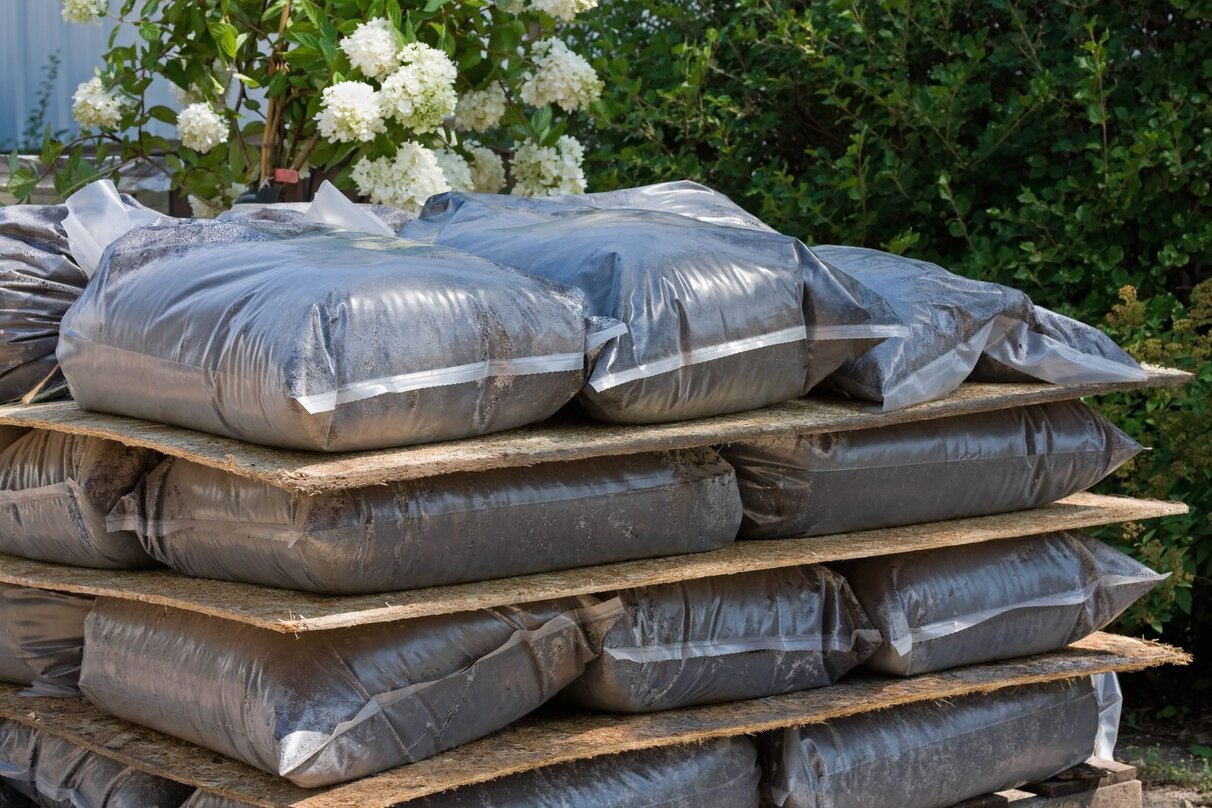
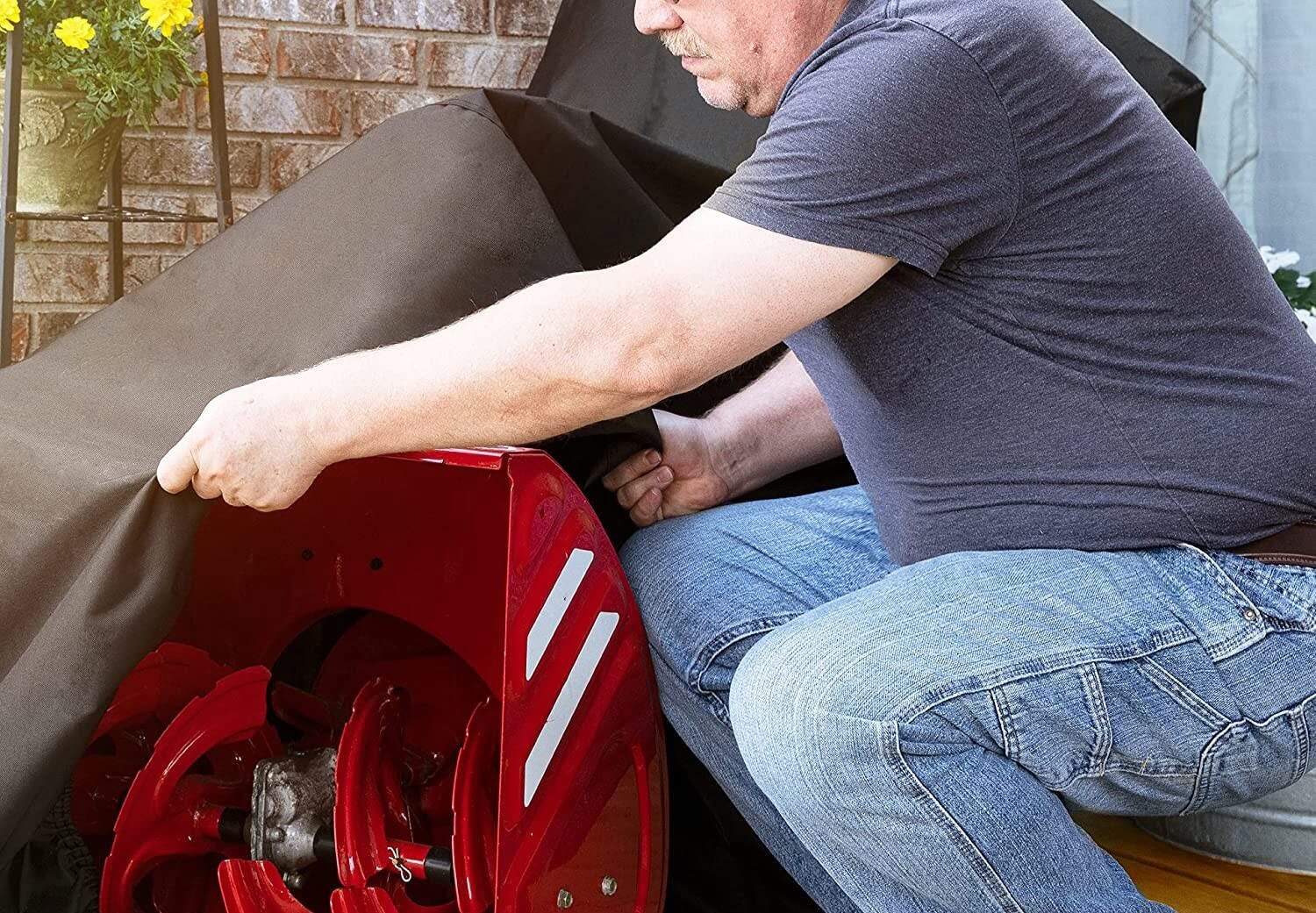

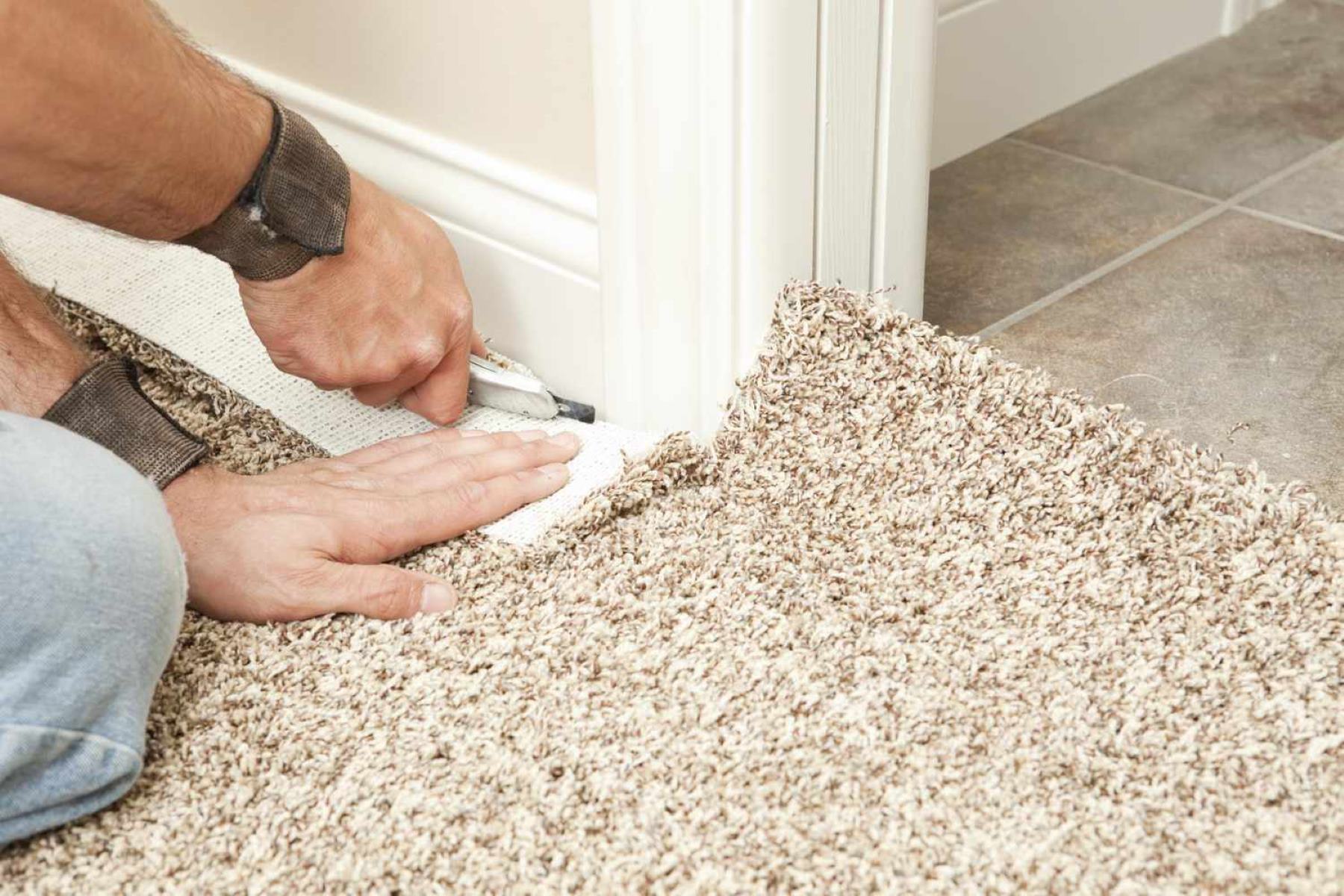
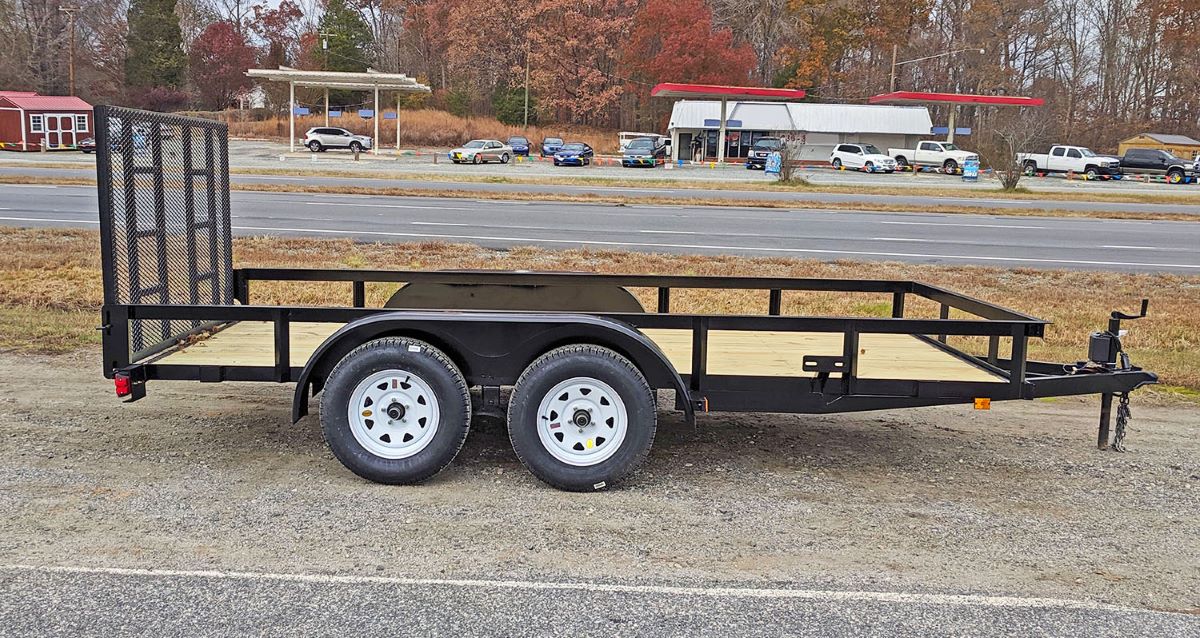
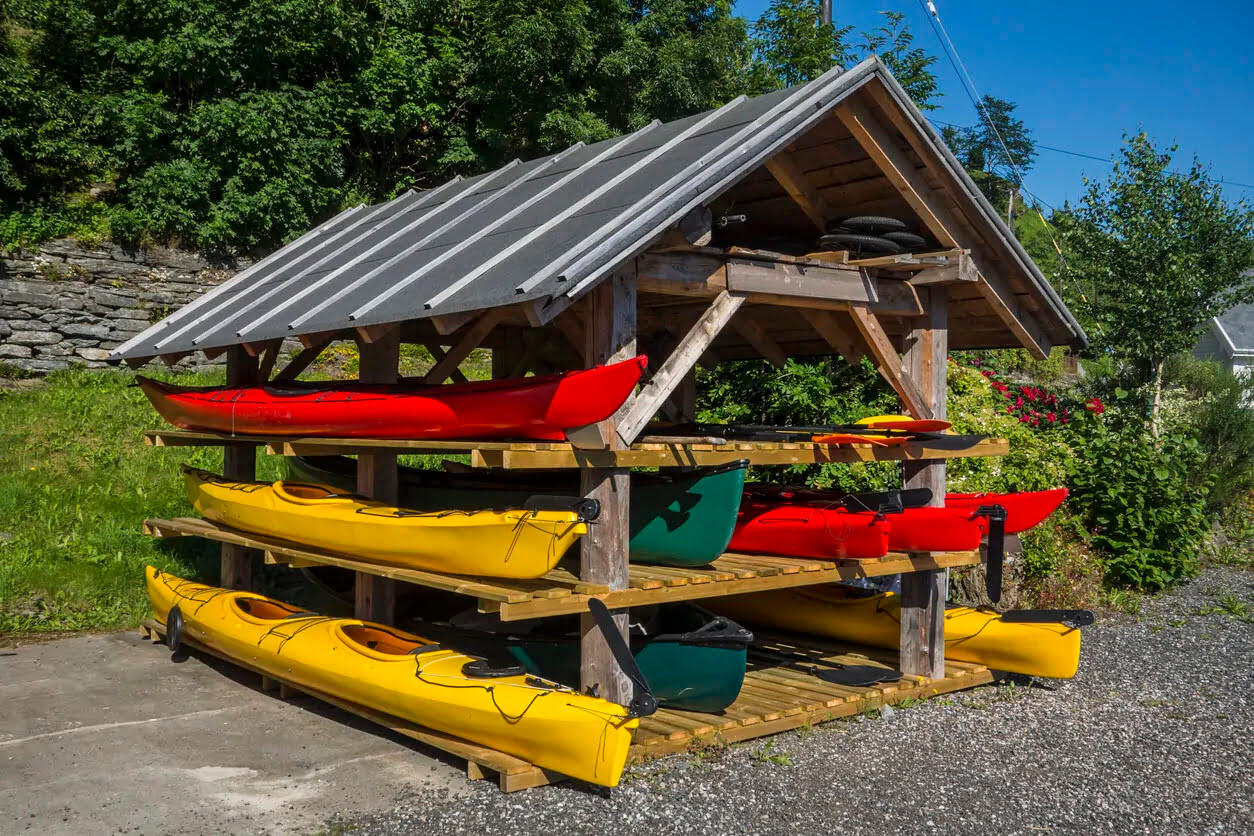
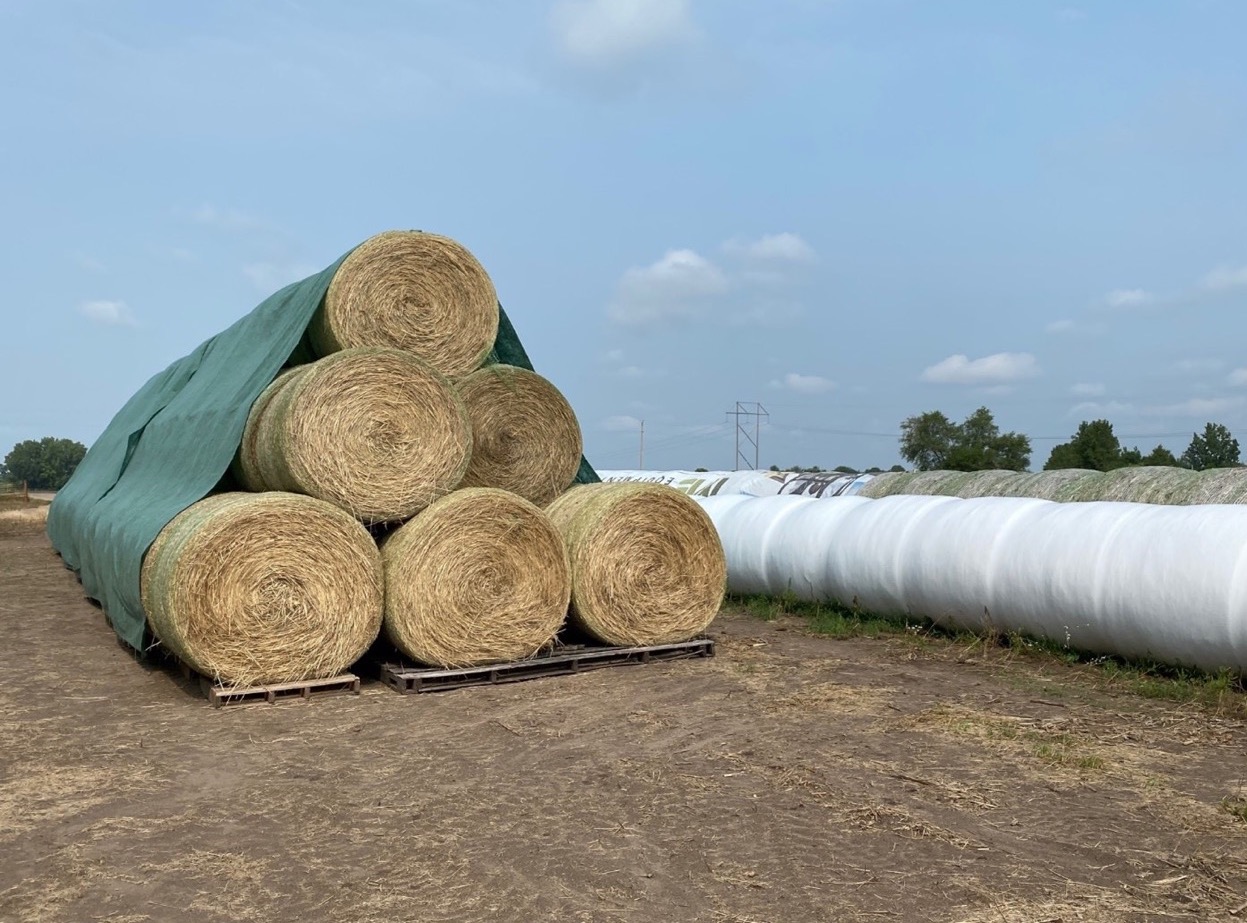

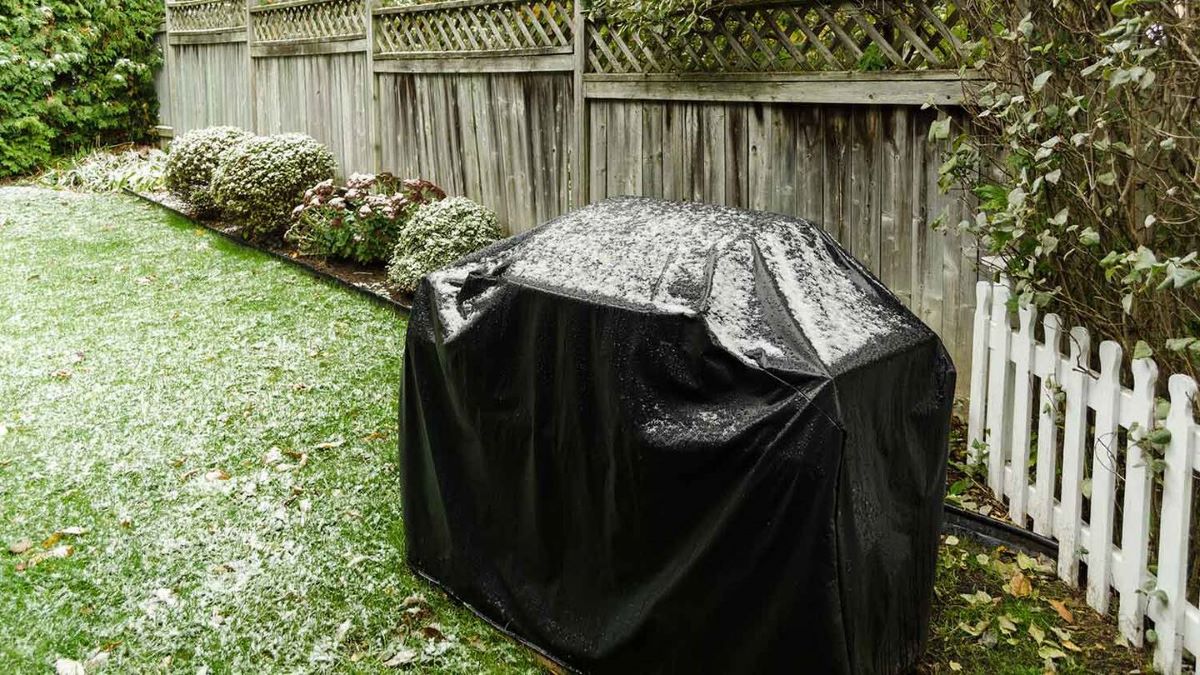
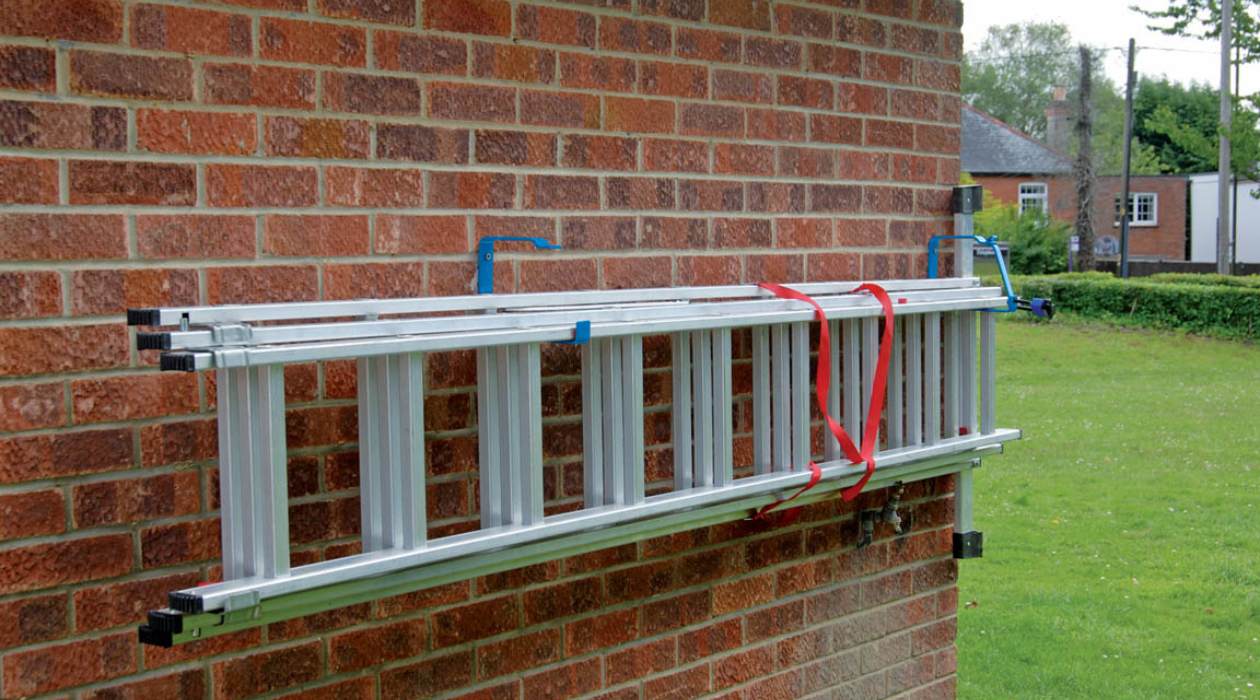

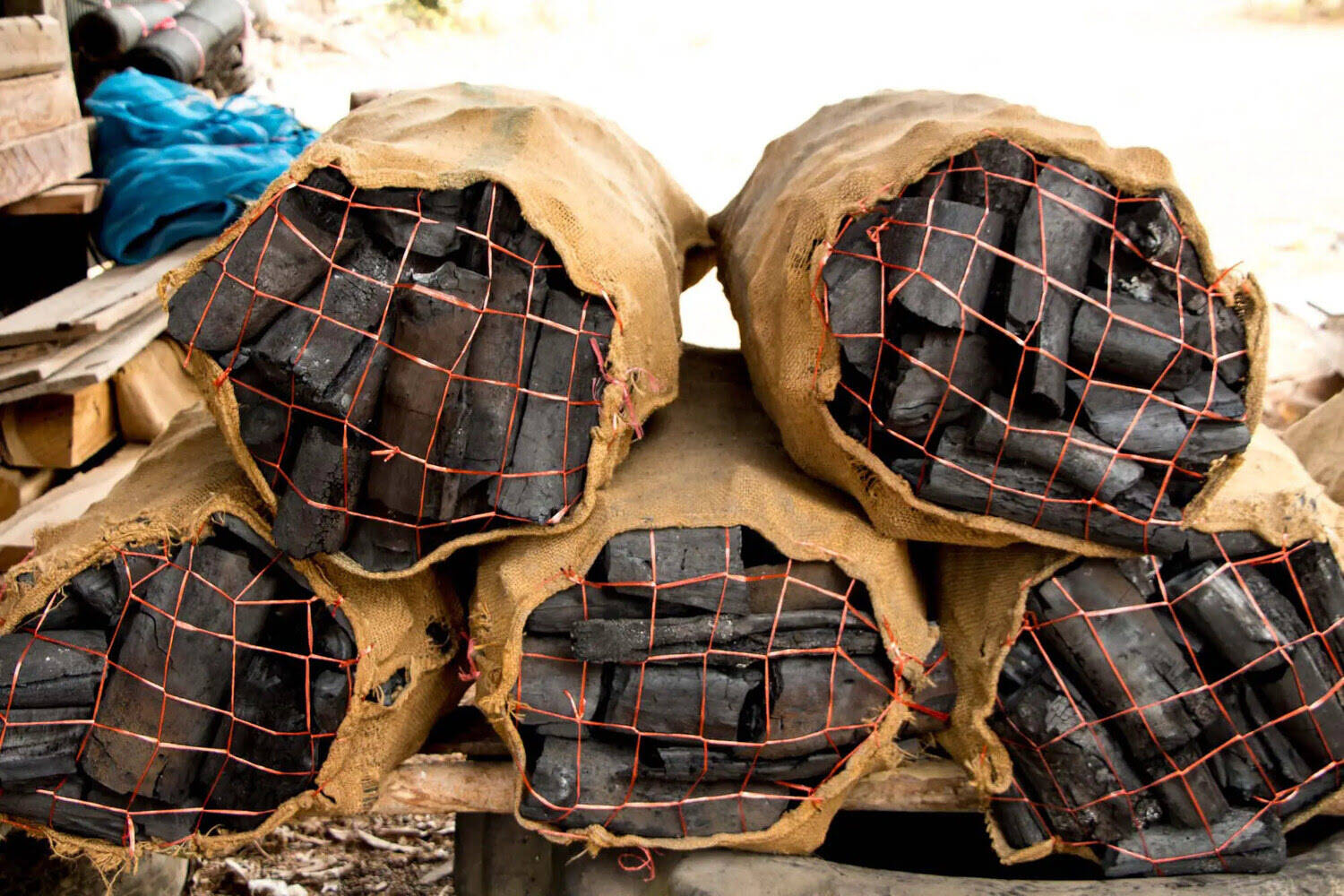
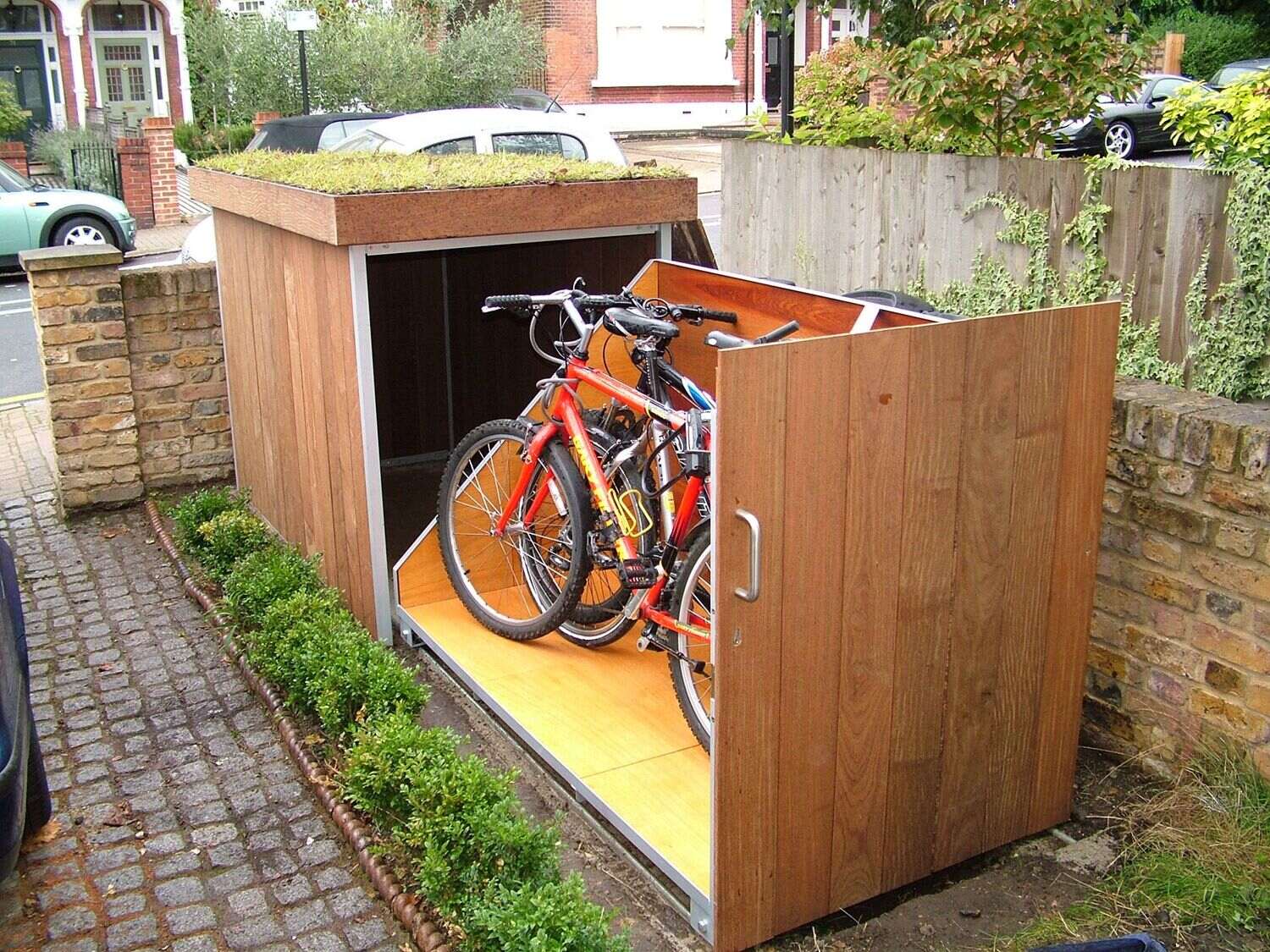
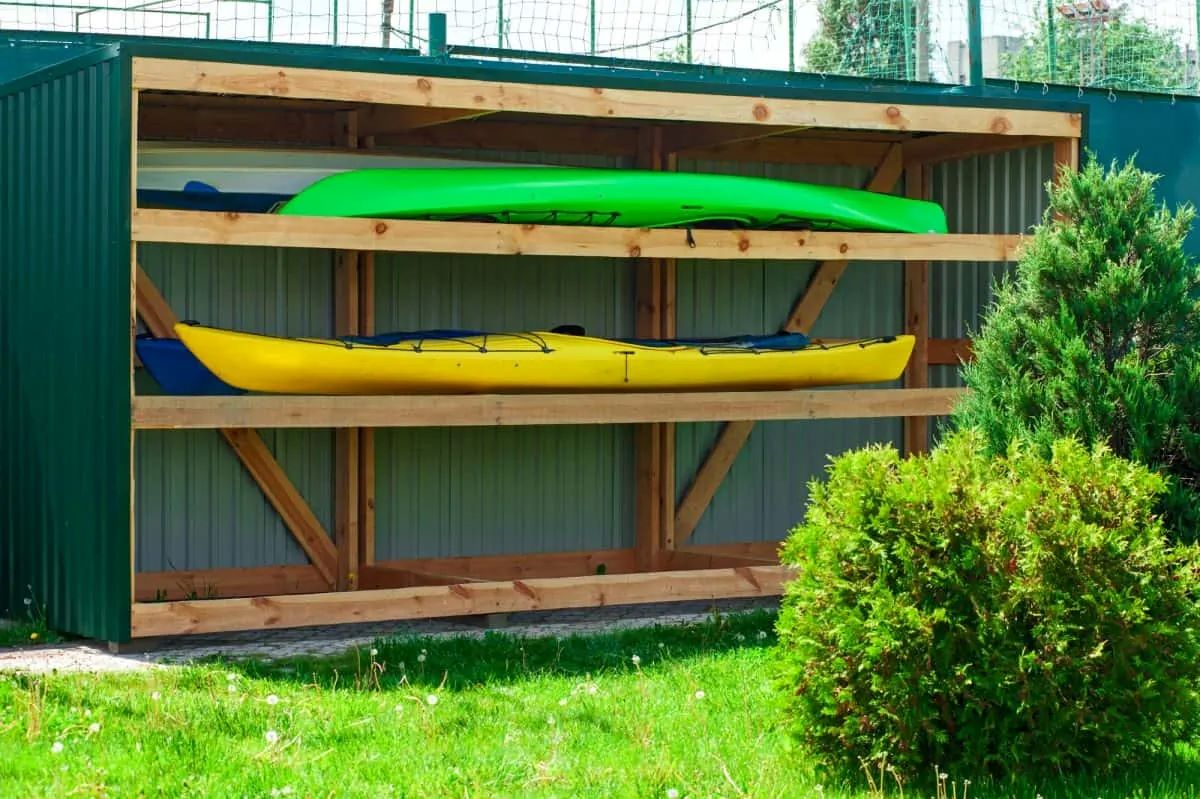

0 thoughts on “How To Store Plywood Outside”